5 Places to Look for Ticks on Your Dog (and Prevention Tips)
Taking the Lead • September 28, 2025
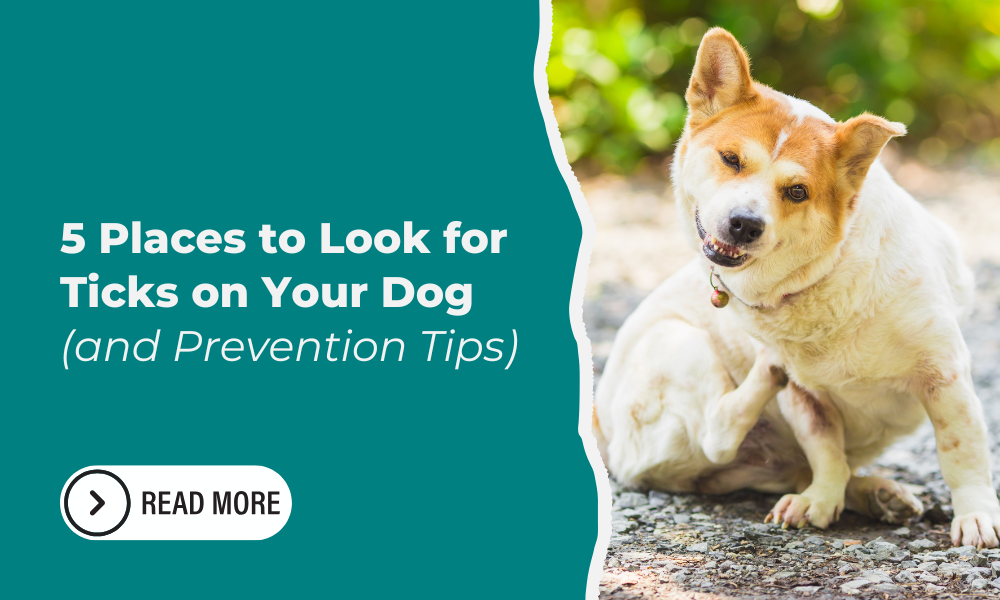
Ticks are sneaky little parasites that can latch onto your dog without you noticing. These tiny bloodsuckers not only cause irritation but can also transmit serious diseases like Lyme disease and ehrlichiosis. Because ticks are skilled at hiding, it’s important to know where to check your dog regularly.
Below are five common places ticks like to hide on dogs, plus practical prevention tips to keep your pup safe.
1. Head and Ears
Dogs love to explore with their noses, often sticking their heads into bushes, tall grass, or leaf piles—prime spots for ticks. The ears, with their folds and crevices, are especially popular hiding places.
👉 What to do: Check both the outside and deep inside the ears. If your dog is shaking their head or scratching at their ears more than usual, it’s worth taking a closer look.
2. Between the Toes
Ticks like tight, protected spaces, and the areas between your dog’s toes or around the paw pads are perfect for them. Because this spot is harder to see, ticks can go unnoticed for longer.
👉 What to do: Run your fingers between each toe and around the paw pads. If your dog is licking or chewing at their feet, it could be a sign that something is irritating them—possibly a tick.
3. Under the Tail
Dark, moist areas are a tick’s favorite environment. The underside of your dog’s tail—especially near the base—is a hotspot. For dogs with thick or fluffy fur, this area can be even harder to check.
👉 What to do: Gently lift your dog’s tail and look closely, combing through the fur if necessary. A fine-toothed comb can help catch ticks that are trying to stay hidden.
4. Eyelids
Ticks near the eyes often go unnoticed because they can look like skin tags or eye discharge. Unfortunately, the longer a tick is attached, the greater the risk of disease transmission.
👉 What to do: Check around your dog’s eyes and eyelids carefully. If you notice something unusual, don’t try to remove it on your own—consult your veterinarian for safe removal.
5. Under the Collar
Collars don’t just cover identification tags—they can also cover ticks. Because many dogs wear their collars constantly, a tick hiding underneath can stay attached for days before being discovered.
👉 What to do: Remove your dog’s collar every so often to inspect the area underneath. Also check the collar itself for any ticks crawling around.
Tick Prevention Tips
Finding ticks early is important, but preventing them is even better. Here are some practical ways to reduce the risk:
- Use a tick preventive: Talk to your vet about the best tick prevention products, such as oral medications, spot-on treatments, or tick collars.
- Do daily checks: Especially after walks in wooded, grassy, or brushy areas, give your dog a full-body check.
- Keep your yard tidy: Mow the grass, clear brush, and trim shrubs to reduce tick habitats.
- Limit exposure: Avoid tall grasses, heavy brush, and areas known for ticks when possible.
- Bathe and groom regularly: Routine grooming makes it easier to spot ticks before they attach for long.
Ticks may be small, but their impact can be big. By checking your dog regularly—especially in these five hidden spots—and practicing prevention, you can help protect your furry friend from tick bites and tick-borne illnesses.
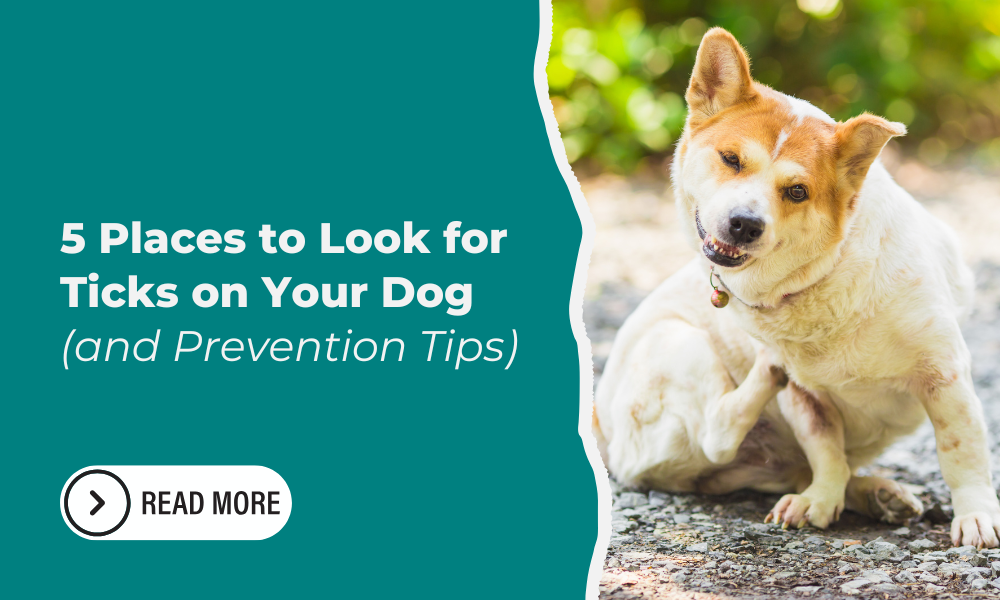
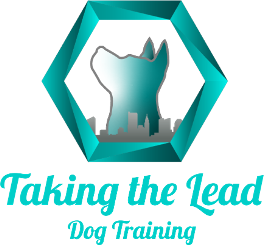
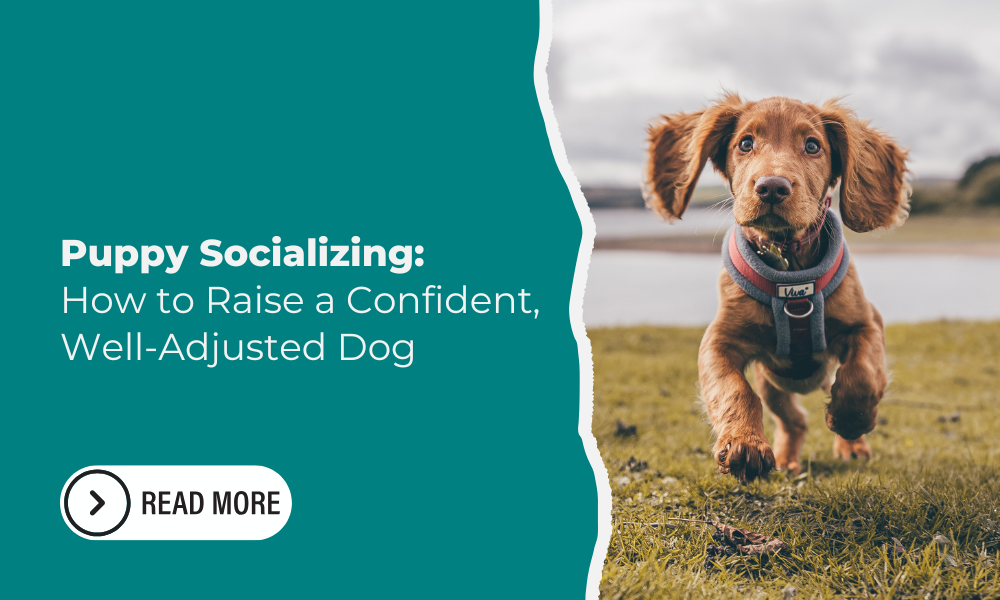
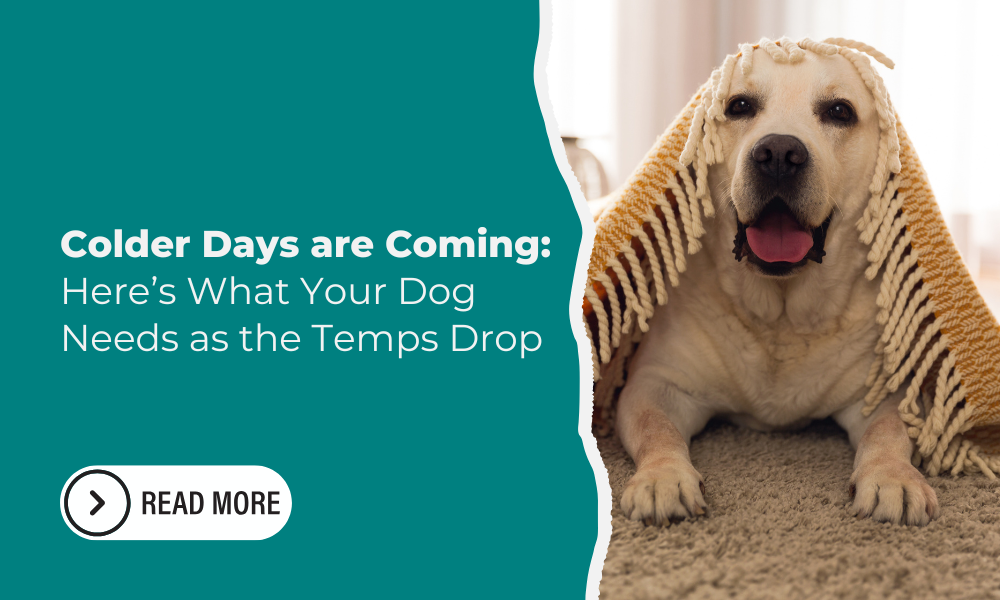
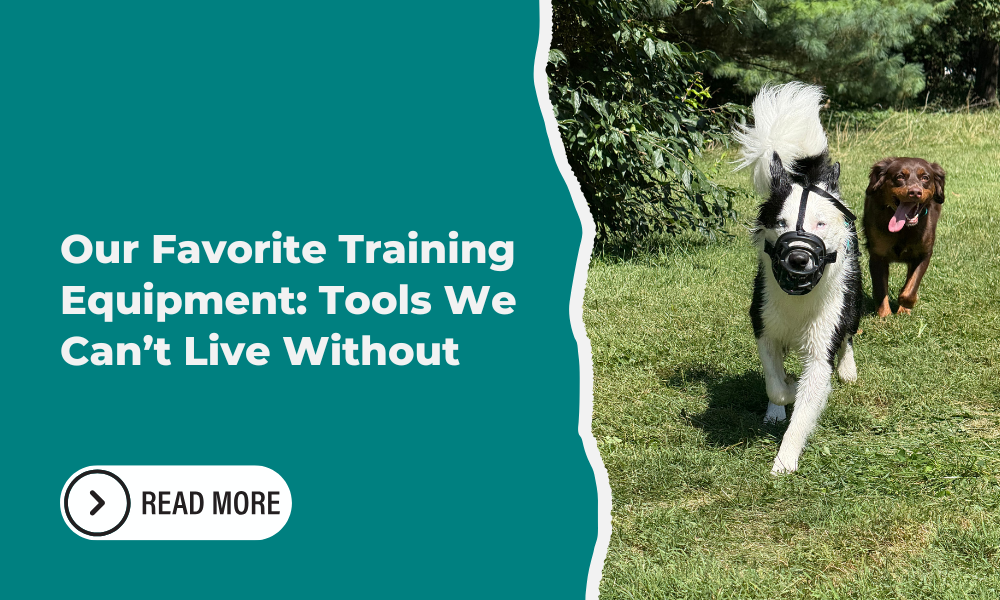
Share On: